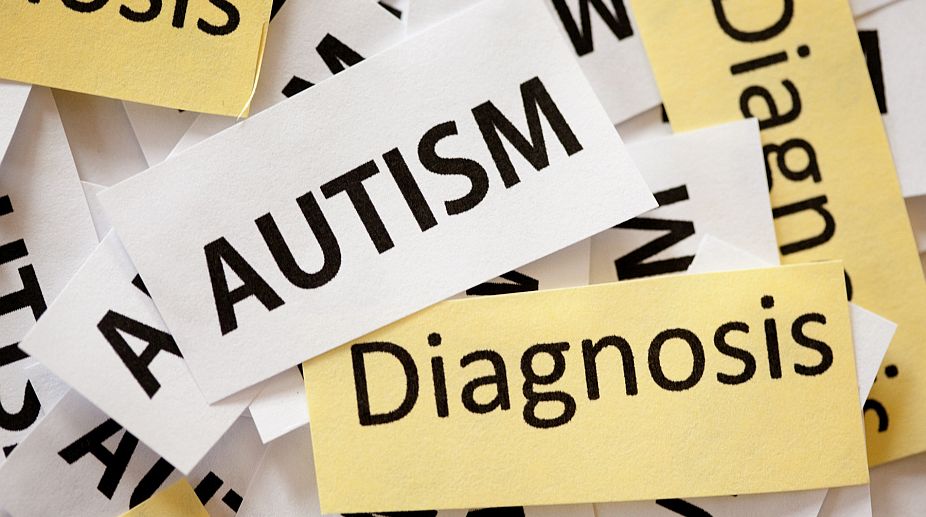53 pc of adults with ADHD chose to keep quiet about their diagnosis: Study
According to the non-profit organisation Understood.org, about 63 per cent of adults with a learning or thinking difference wish they had been diagnosed earlier in life.

(Photo: Getty Images)
The absence of clinical medicine to treat Fragile X Syndrome, the most common known genetic cause of autism, does not mean it is not amenable to other forms of care, say experts debunking myths about the inherited condition.
"For something that is not treatable by medicine, you tend to think nothing can be done. The doctor's job is to get somebody better. The real myth is there is no chemical medicine so nothing can be done," Samir Dalwai, Indian Academy of Paediatrics, Mumbai chapter, told IANS.
Advertisement
Fragile X Syndrome (FXS) is the most common cause of inherited intellectual disability and the most common known genetic cause of autism or autism spectrum disorders.
Advertisement
Approximately 1 in 3,000 to 4,000 individuals has FXS. It causes a range of developmental problems including learning disabilities and cognitive impairment.
Usually, males are more severely affected by this disorder than females.
The awareness level in India with respect to other countries is considerably low, says Shalini Kedia, chairperson, Fragile X Society of India.
"It is necessary for spreading awareness about the syndrome among the medical fraternity especially paediatricians and gynaecologists as well as parents and couples planning to have a child, so that children with Fragile X Syndrome are detected early in life," Kedia told IANS.
There is no medication that has a benefit specifically for fragile X syndrome. Drugs are commonly used to treat symptoms of attention deficit and hyperactivity, anxiety, and aggression and so, supportive management becomes necessary.
Kedia said in developed countries like the US, toddlers at the age of 36-42 months are detected with Fragile X Syndrome whereas, in India, children with Fragile X Syndrome are detected at a later age of 6-8 years or even later. This leads to a huge gap in their treatment cycle.
Dalwai hoped guidelines on FXS would soon be available.
"We have a chapter of neurodevelopmental paediatrics and we just came out with guidelines on autism, ADHD. We would be very happy to come out with guidelines on FXS. Once we have looked at autism, after that next thing should be to look at specific causes of autism and intellectual disability," he added.
Advertisement